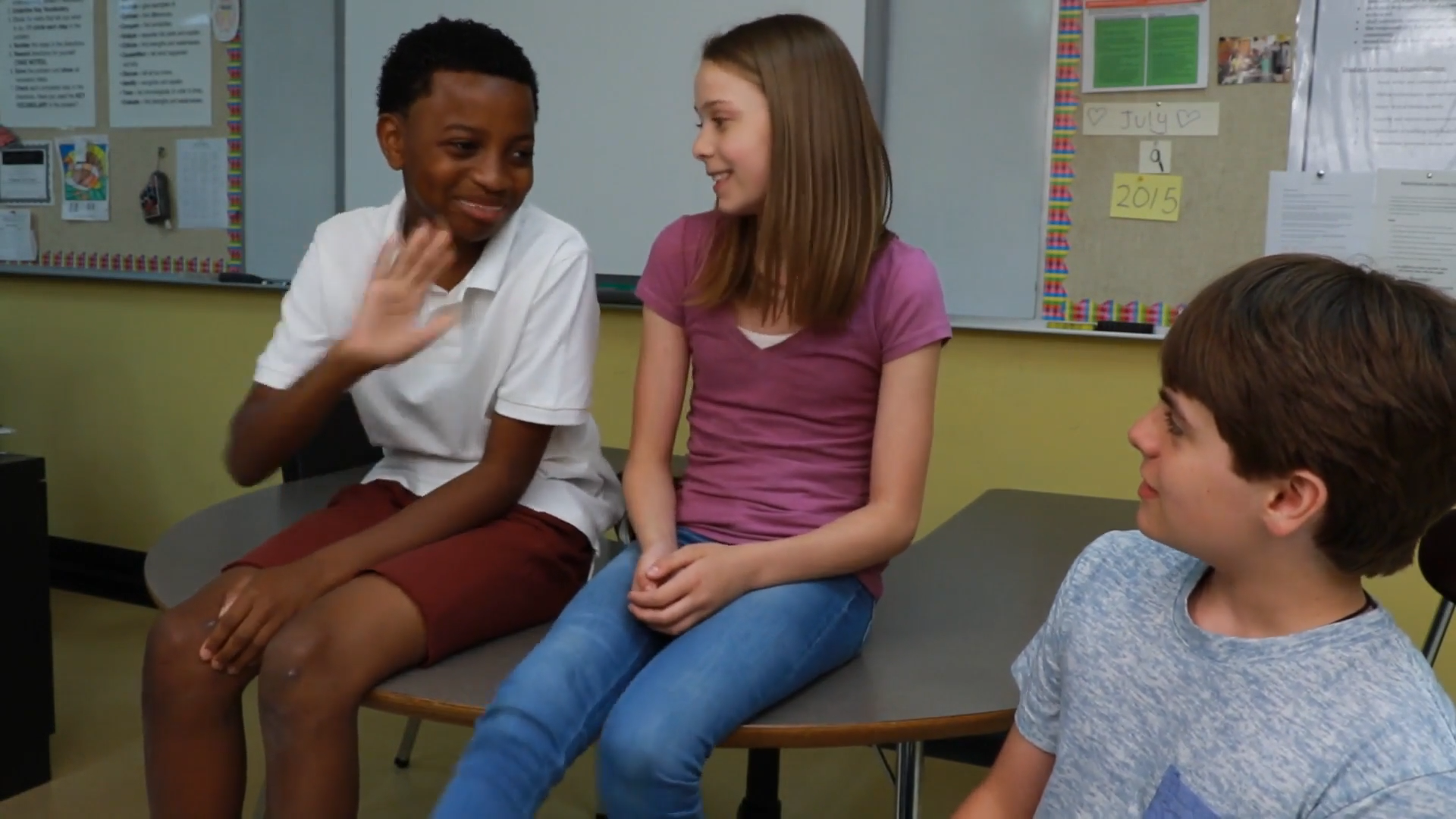
Introduction
Introducing yourself is a fundamental social skill that helps students communicate effectively with others. When students meet new people, the first thing they need to do is introduce themselves by saying their name and finding out the other person’s name. This simple act breaks the ice and sets the foundation for further conversation. In this blog post, we’ll discuss a no-prep activity to help students practice introducing themselves, followed by discussion questions, related skills, and next steps for educators.
No-Prep Activity
Here is an easy, no-prep activity that requires no materials or preparation from the educator. The activity is called “The Name Game.” To start, have students sit in a circle. The first student will say their name and an adjective that starts with the same letter as their name (e.g., “Friendly Fred”). The next student will introduce themselves similarly but also repeat the previous student’s name and adjective (e.g., “Friendly Fred, Jolly Jane”). This continues around the circle, with each student introducing themselves and repeating the names and adjectives of the students before them. The activity helps students practice introducing themselves, remembering names, and listening attentively to others.
Discussion Questions
- Why is it important to introduce yourself when meeting someone new?
- How does introducing yourself make the other person feel?
- What are some other ways to make a good first impression when meeting new people?
- How can we remember the names of people we meet?
- What are some challenges you face when introducing yourself or meeting new people?
Related Skills
Introducing oneself is just one of many social skills essential for students’ development. Other related skills that educators can focus on include:
- Active listening: Encourage students to pay attention to what others are saying, ask questions, and show empathy.
- Maintaining eye contact: Teach students the importance of making eye contact when speaking with others, as it shows respect and engagement.
- Using appropriate body language: Help students understand how their body language can convey messages and affect interactions with others.
- Developing conversation skills: Teach students how to start, maintain, and end conversations appropriately.
- Building friendships: Help students understand the importance of forming and nurturing positive relationships with their peers.
Next Steps
Teaching students the skill of introducing themselves is an essential part of their social-emotional learning journey. To further support your students’ development in this area, encourage them to practice this skill regularly, both in and out of the classroom. For additional resources and free samples of social-emotional learning materials, including activities related to introducing oneself and other essential skills, visit Everyday Speech and sign up for free sample materials.










